Year 2, Lesson 3.4 - Analyzing a Personal Dilemma
Unit Learning Goal
Students will analyze real-world dilemma situations using various lenses to determine central conflicts and possible solutions.
Lesson Goal
Students will be able to describe and dissect a personal real-life dilemma using the lens of “values.”
Assessment
Review the My Dilemma worksheets for appropriate contributions of personal dilemmas related to values.
Monitor class discussion for connections between personal dilemmas and values.
Analyze Exit Tickets for articulated connections between values and decision-making.
CASEL Alignment
Self-Awareness, Responsible Decision Making
portfolio documentation
RESOURCES
Optional: Mind Mapping
Prerequisites
Year 1, Lesson 2.2 - Values
Year 2, Lesson 1.3 - Values and Engagement
Total TIME
45 minutes
-
Remind students that the last lesson discussed how areas of alignment and misalignment can affect decision making. Ask students to briefly define the terms alignment and misalignment using their own words.
Tell students that today they’ll be thinking more about their own personal dilemmas and how values can influence decisions we make surrounding “good work.”
INSTRUCTIONS
1. Opener: Brainstorm: “My Dilemma” [15 minutes].
Ask students to work independently for 10 minutes to consider a personal dilemma from their lives using the “My Dilemma” Handout.
*Note: Students can choose to capture their dilemmas in alternative formats, such as video, audio, drawings, paintings, etc.
Students should choose a dilemma that is related to work they do as a student, in a job they might have, or that is related to a hobby they have. Remind students that a dilemma fits the following definition:
An individual must make an active choice.
There must be different courses of action to choose from.
No matter what action is taken, some element of good work (ethics, excellence, or engagement) is compromised. There is no perfect solution.
Give students a warning that these should be dilemmas they feel comfortable sharing with each other and the class as a whole.
2. Bring the class together to discuss students’ dilemma stories [15 minutes].
Use the following routine to discuss themes among the students’ personal dilemma stories. Ask the class, “Using your stories as guides, what factors lead you to make a certain decision when faced with a difficult situation?”
Brainstorm and record: Write all answers on the board without stopping to judge or question too much. Continue until all answers have been contributed. Allow students to question one another’s answers for clarity.
Connect: Allow students to draw connections between the items. Make groupings or headings for similar items. Discuss what makes certain items valuable as ways of understanding decision-making habits. Continue until discussion is complete.
Examples of factors that could be discussed:
Expectations of others
Responsibilities to myself, my family, my community, others
Rules I have to follow
Honoring friendships
Loyalty to individuals or groups
A greater calling to do a social good
Etc.
3. Review: Class Discussion [10 minutes].
Based on this activity, discuss the following questions together:
What did you notice about how you make decisions?
Was anything surprising to you about the factors involved in making decisions?
How do you think you will apply what you did today to your life when you make future decisions?
4. Closing and Exit Ticket [5 Minutes].
Ask your students to complete the Lesson 3.4 Exit Ticket:
Which value do you currently hold that you think most influences your decision making?
How do you think it influences your choices regarding school and being a student?
What about your future career choices?
Possible Enrichments
On a blank piece of paper, tell students to create a “mind map” or graphic representation of the influences that guided their decision in their dilemma from the “My Dilemma” worksheet.
The “mind map” can take multiple forms:
A “web” with written bubbles describing the dilemma and influences
A drawing that displays the situation and influences pictorially
A comic strip explaining particular moments and factors that led to the decision
A chart with an explanation of each influence
Etc.
Add the completed documents to the Good Work portfolio.
Lesson Walkthrough
Watch this short video guide for lesson specific advice from The Good Project Research Team.



